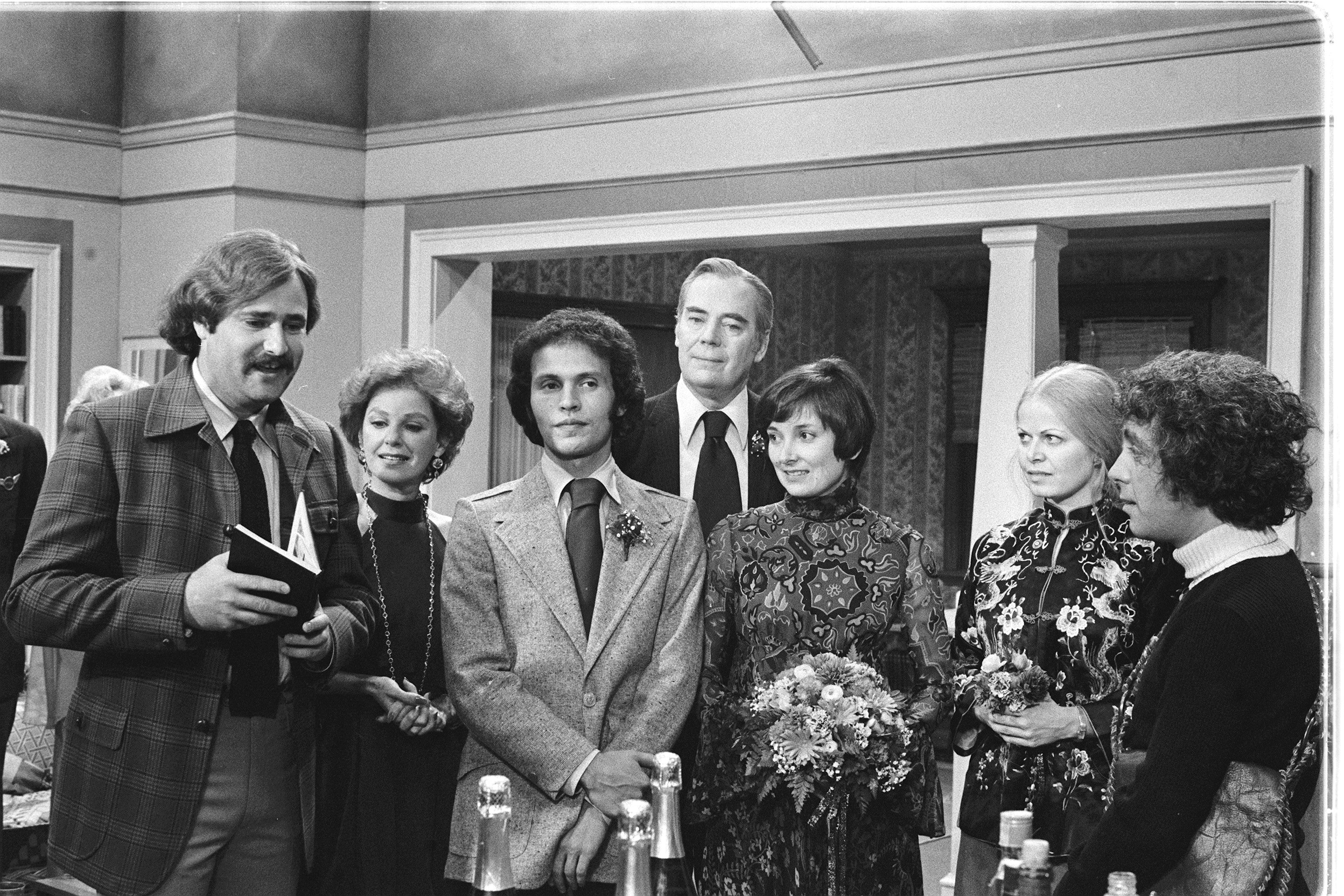
When All in the Family first aired in 1971, it was a seismic shift in the world of television. Until that point, American sitcoms were known for their wholesome, idealized portrayals of family life. Shows like The Brady Bunch and Leave it to Beaver painted the picture of the “perfect” American family. However, All in the Family shattered this model by bringing forth a raw, unapologetic depiction of the American family, and it forever changed how TV shows would handle social issues and family dynamics.
A Bold, Unflinching Take on Social Issues
At the heart of All in the Family was its fearless tackling of issues that were often considered taboo for television at the time. Archie Bunker, played by Carroll O’Connor, was a character who openly expressed bigoted and prejudiced views. He was racist, sexist, and often displayed outdated attitudes toward women, LGBTQ+ individuals, and people of different races. But rather than condoning these views, the show used Archie as a vehicle for social commentary, challenging audiences to reflect on the prejudices embedded in society.
The show’s willingness to address sensitive subjects like race, gender equality, and the Vietnam War marked a stark contrast to the lighthearted fare of its contemporaries. In the process, All in the Family started conversations that were long overdue in American homes. It asked viewers to confront their own biases, often making them uncomfortable, but in a way that was both comedic and thought-provoking.
The Characters that Shaped a Revolution
One of the most remarkable aspects of All in the Family was its portrayal of the Bunker family. While other sitcoms of the era showed families that were united and harmonious, the Bunkers were anything but perfect. The family consisted of Archie, his wife Edith (Jean Stapleton), their daughter Gloria (Sally Struthers), and Gloria’s husband Michael (Rob Reiner). This dynamic created endless conflicts, particularly between Archie and his son-in-law Michael, who was a liberal college student that often clashed with his father-in-law’s outdated views.
The brilliance of All in the Family lay in its ability to portray deeply flawed characters who were nonetheless relatable. Archie may have been a bigot, but he was also a product of his working-class background, shaped by his environment and upbringing. In contrast, Michael, the liberal intellectual, represented the changing values of the younger generation, eager to challenge the status quo. This ideological tension between Archie and Michael was one of the central elements that made the show so compelling. The debates and arguments between them were both hilarious and insightful, serving as a microcosm of the larger cultural shifts taking place in America.
Edith, Archie’s long-suffering wife, provided a counterbalance to his anger and bitterness. Her gentle, naïve nature often made her the target of Archie’s rants, but her kindness and unwavering loyalty to her family made her the moral heart of the show. Edith’s character, while often humorous, also showed the struggles women faced in an era of shifting gender roles.
Lastly, Gloria, Archie’s daughter, was a feminist and progressive voice, often challenging her father’s outdated views. Through Gloria, the show explored the evolving role of women in society, showing her both as an independent woman and as a mother navigating the complexities of her own marriage.
The Cultural Revolution: Television Meets Reality
All in the Family didn’t just entertain – it forced audiences to confront the harsh realities of American society. At a time when civil rights struggles, the feminist movement, and the Vietnam War were dominating the national conversation, the show gave voice to issues that had been previously ignored on television. But it didn’t just present these topics as abstract concepts; it made them personal by showing how they affected everyday people.
The show’s legacy is not just in its social commentary but in its influence on future television. Shows like The Jeffersons, Maude, and Good Times followed in its footsteps, exploring issues of race, gender, and class in ways that were groundbreaking for their time. All in the Family proved that television could be both a source of entertainment and a platform for serious social discussion. In the years since, many other shows have adopted its style of using humor to address weighty issues, creating a lineage of TV that continues to this day.
A Legacy That Lives On
All in the Family ran for nine seasons and became a cultural touchstone. Its impact is still felt today in television shows that continue to blend humor with social commentary. Whether through the irreverent humor of The Simpsons or the sharp political satire of The Daily Show, All in the Family showed that comedy can be a powerful tool for addressing the most pressing issues of the day.
Even decades after its initial run, All in the Family is still a show that holds up. Its characters remain iconic, its themes are as relevant as ever, and its influence is undeniable. It was a show that dared to be different, and in doing so, it forever changed the landscape of television. If you’ve never watched it, now is the perfect time to discover the brilliance of All in the Family and see why it remains one of the most important TV shows in history.
